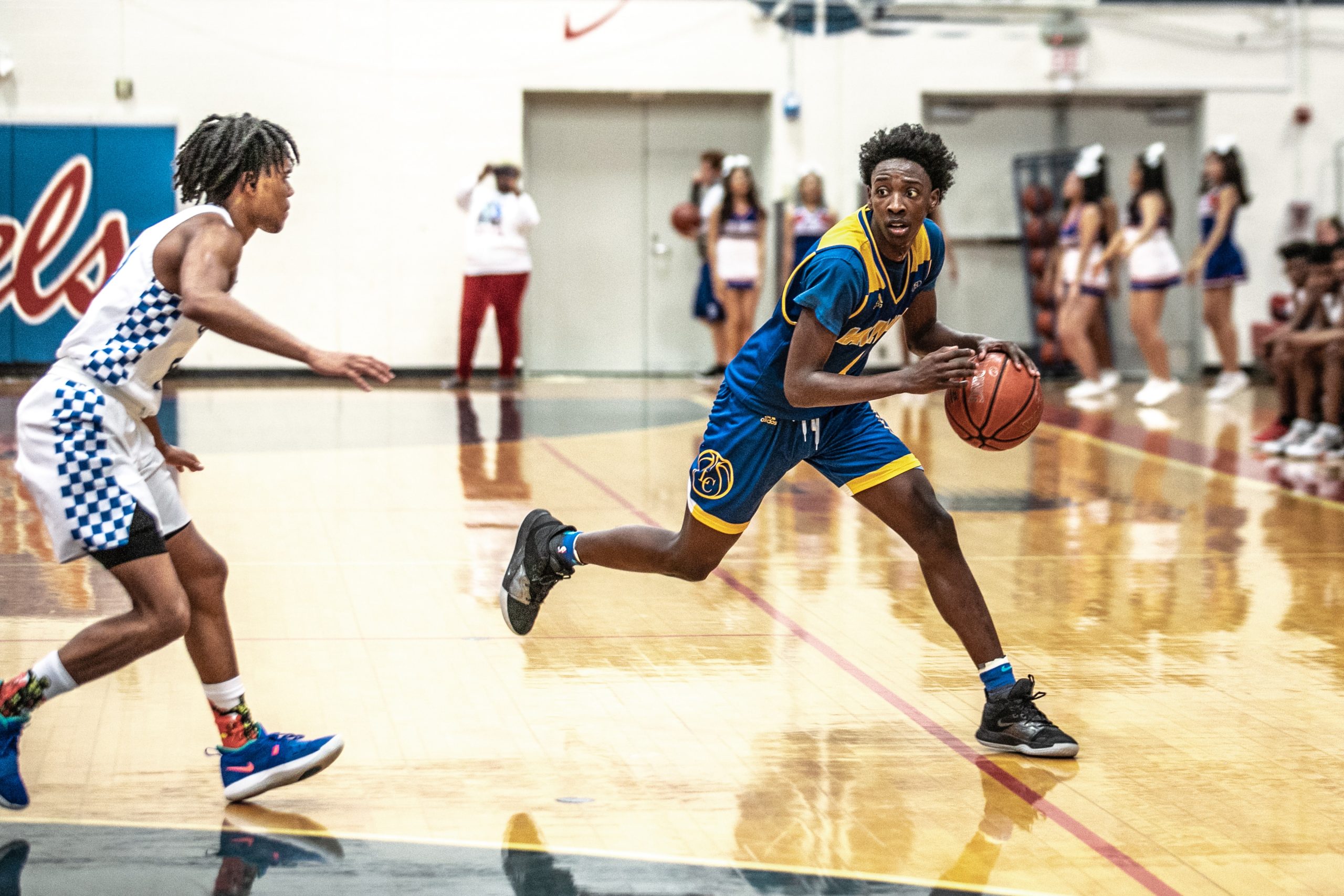Our osteopath James Noble is a keen basketball player. Basketball is a sport that can be demanding on players as it calls for a lot of running, jumping and sudden stops and turns. There’s also a risk of hard physical contact between players. In this blog he explains the 5 most common basketball injuries and how osteopaths treat them.
Some of the most common basketball injuries occur to a player’s lower body, especially the ankle and knee joints. A good way to prevent these and other sports injuries is to carry out a routine of stretches like this one from Basketball for Coaches, but if it’s too late, James recommends a course of osteopathy to
- Increase joint mobility
- Increase the blood supply to tissues throughout the body
- Relieve muscle tension
- Help the body to heal after injury
- Restore function to the body
Hip and thigh injuries
The hip flexors connect the top of the femur, which is the largest bone in the body, to the lower back, hips, and groin. Strains to these flexors are common because, during a basketball game, players often need to make sudden movements and quick shifts from side to side. There’s also a lot of jumping on hard surfaces, creating pressure on the hips as the player lands on his or her feet.
Damage to the hip area can vary from minor injuries that require little treatment to more severe injuries that result in the muscles disconnecting from the bone. The most serious hip flexor injuries are third-degree sprains where the bone breaks alongside the muscle sprain.
Working to support speedy and thorough recovery, James will assess the way in which your hip moves, and how your lower back and limbs move in order to accurately diagnose the cause of your pain. Treatment may involve gentle manipulation of the area to reduce tension and increase mobility while strengthening and stretching the muscles that surround and support the hip joint.
Knee Injuries
A basketball player’s knees take a lot of strain from the frequent jumps and shifts of weight from one side to the other. Some major ligaments run through the knee joint, and injuries to the patellar tendon as well as the meniscus can cause a lot of pain.
Patella tendinitis, also known as jumper’s knee, is common in basketball players, where the tendon around the kneecap is torn. This results in pain directly under the knee. Although it is an overuse injury, a number of factors can make it more of a risk to players, including poor foot biomechanics and weak quadriceps muscles.
The meniscus is two discs of cartilage found on the top of the tibia (shinbone) and within the knee joint. They help with shock absorption and smooth movement of the knee. Pivoting and sudden stopping movements can cause tears to one of these discs (medial or lateral). A player will often feel pain and either locking or instability of the knee.
Foot and Ankle Injuries
The movements in a basketball game can be hard on the foot and ankle joints – jumping and landing on hard pitches, and frequent shifts of weight mean it is common for a player to twist or roll his or her ankle. This can stretch and even tear the ankle ligaments, usually to the anterior talofibular ligament.
Ankle stress fractures are also common in basketball players, because of a hard jump or collision with another player.
Ankles are a notoriously difficult area to heal, as it’s a joint we use so much. A course of osteopathic treatment will speed recovery, meaning you can get back to normal life and even to basketball sooner rather than later.
Get back on court soon with osteopathy
Make an appointment with James Noble in our Cullompton clinic today, for an accurate assessment of your sports injury and a programme of osteopathic treatment that will get you back on court as soon as possible, and avoid further injury.

